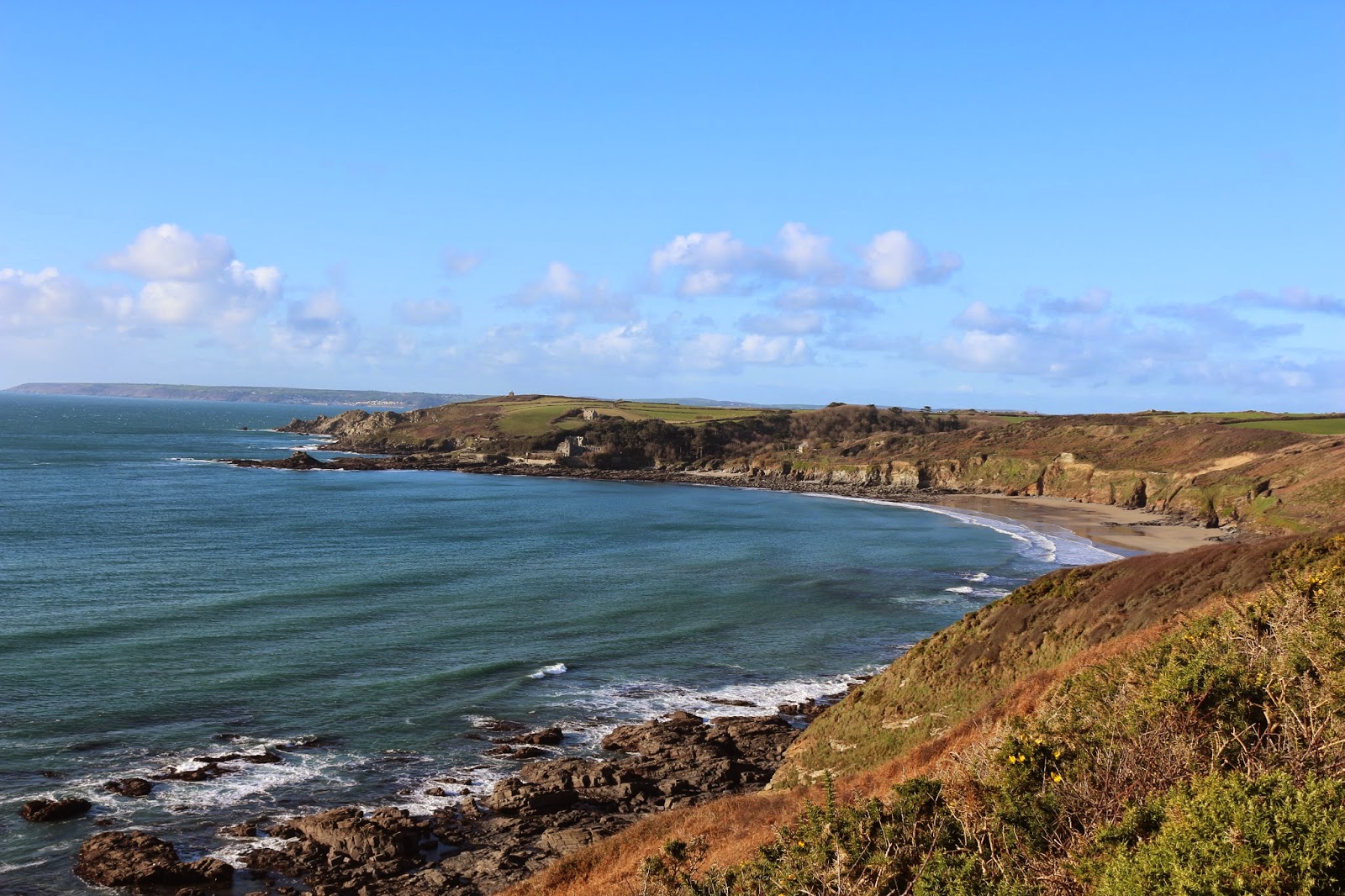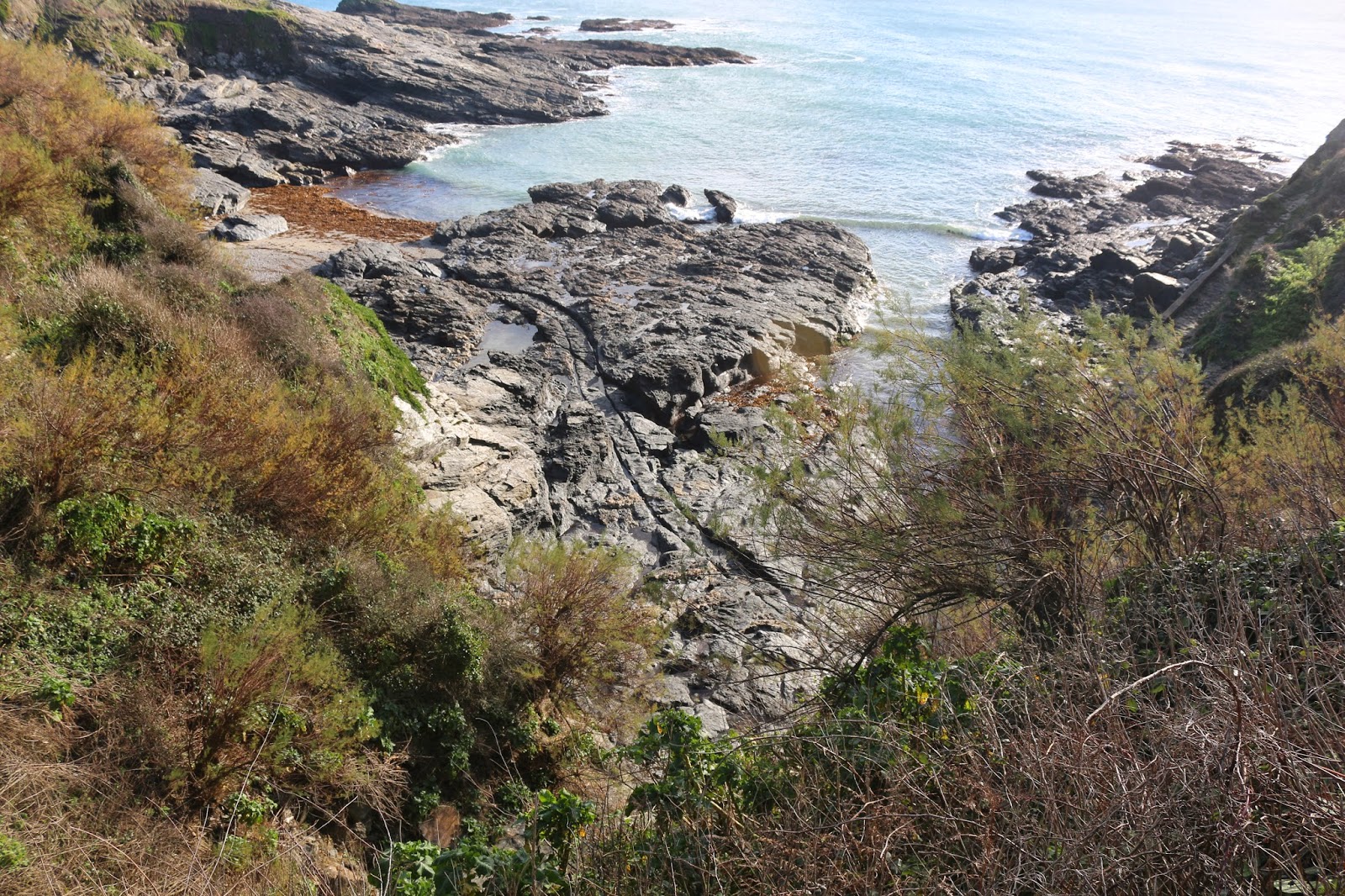Now looking forward to Prussia Cove. The complex of buildings in the distance nowadays comprise the Prussia Cove International Music Seminar. These started in the early 1970s and provide s learning retreat for accomplished musicians. It has an international reputation but is way, way, way out of my league. More in my league is the Judie Dench film, Ladies in Lavender, which was made here.
Prussia Cove actually describes an area of a number of coves (Kings, Bessy's, Piskie's) all of which have a colourful past related to smuggling activities in the late 1700s/early 1800s.. In fact, the name 'Prussia Cove, derives from one particularly notorious smuggler, John Carter. He seemed to have had a long-standing fascination with the King of Prussia and this sobriquet got passed on to the area of his adventures. |















No comments:
Post a Comment